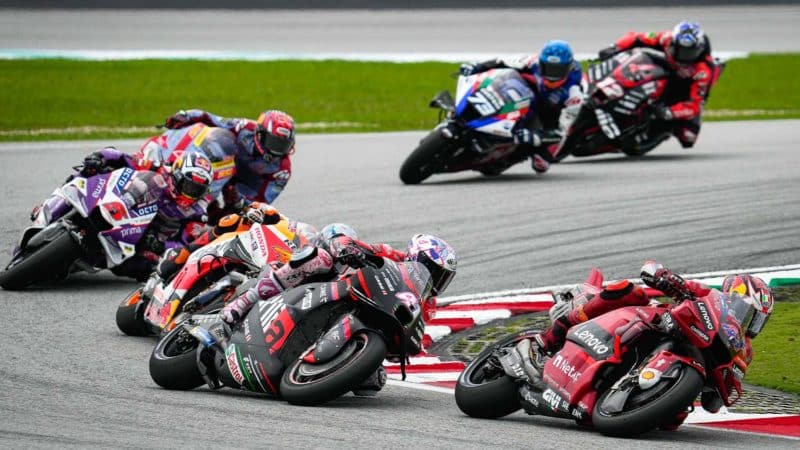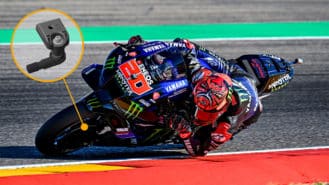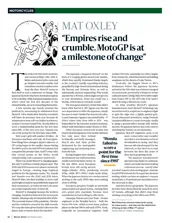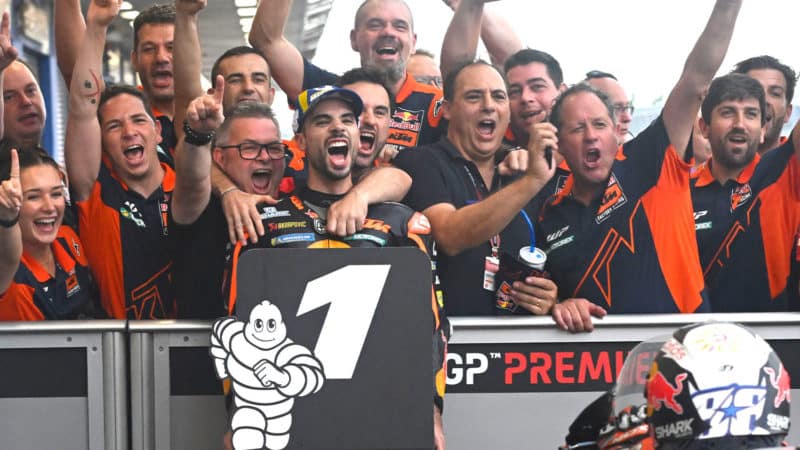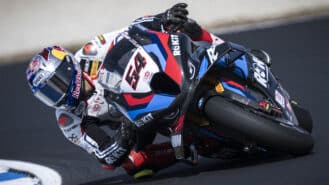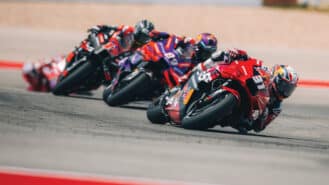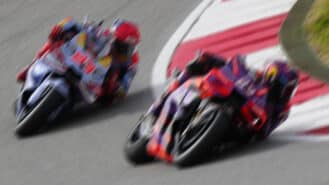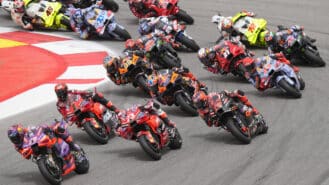Of course, the fact that the racing is closer than ever means that if riders and engineers don’t get absolutely everything out of their bikes and tyres on Sunday afternoon they will end up nowhere.
If the correlation between rider talent and technique, tyre allocation, track layout and grip, temperature and weather, machine character and settings are an nth of a degree out then the rider who was on the podium last weekend will struggle to get inside the top ten next time out. The tiniest difference in performance, one or two tenths of a second – less than the blink of an eye – is all it takes to destroy a rider’s race.
Grand Prix racing didn’t use to be like this. If Alex Crivillé, who won the 1997 Australian GP, had been 0.22 seconds per lap slower he still would’ve finished a very comfortable third, 22 seconds ahead of the next rider home. Two Sundays ago that drop in performance would’ve put him way out of the championship points in 19th.
Such crazy-close racing has other consequences. Riders must risk everything on every lap if they want to be in the hunt for the podium, which inevitably means more crashes. Bagnaia is the perfect case in point here – he’s crashed out of five races this year and he’s leading the championship. No one’s ever done that before and it’s another sign of the times.
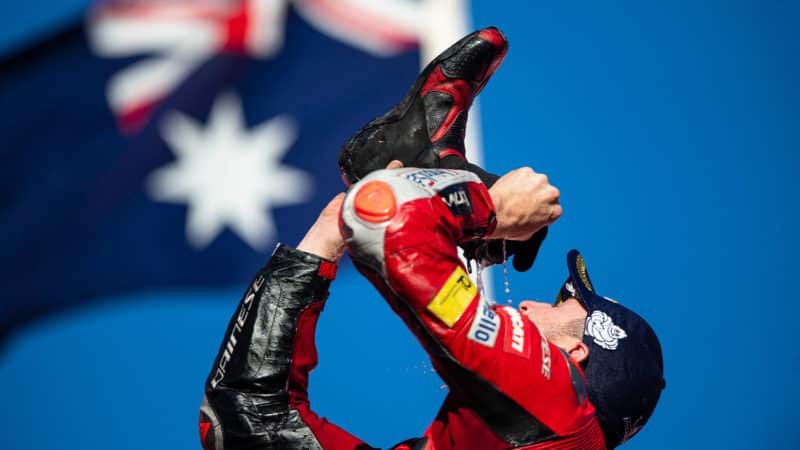
Miller celebrates victory in Japan. At other races this year he’s struggled to get inside the points
Ducati
“It’s just the level of it, everyone is riding on such a highly strung level,” says factory Ducati rider Jack Miller, who has finished on the podium seven times so far this year and finished outside the top ten on four occasions. “To bring the amount of speed you need into each weekend to be competitive makes it a bit more difficult to be as consistent as maybe you were in the past, when you couldn’t be in the title fight if you had more than one DNF.
“The amount of good bikes and riders that are out there – if you have a bad day now you’re struggling to get points. At Mugello and Barcelona I had shit weekends, but I wasn’t that far off and I was fighting for two or three points. Whereas in the past when you had a bad weekend you were fourth or fifth, so you’d go into the next one and the bike would be back on [so] you wouldn’t have to override yourself. Nowadays you’ve got to really override yourself and that’s causing some inconsistency. So everything’s part of it: the level of the bikes, the level of the riders, the level of the championship and the number of races.”
“Maybe the younger riders thought that when the king is away the dogs will play”
Paul Trevathan, crew chief to KTM factory rider Miguel Oliveira, agrees and has own thoughts on the situation. First about Márquez’s absence from the front of the championship since he broke an arm at the first race of 2020.
“I think Marc had such a mental gain on everyone when he was dominating that the other guys almost thought they were racing for second,” he says. “The guy could do what he wanted. Then when he got hurt there was a new young generation coming in, who hadn’t been beaten up by him as much as the boys before, so maybe they thought that when the king is away the dogs will play. So they got better in their minds and all of sudden they had chances of winning and when you win you just get more and more confidence and it’s a snowball. There was no real leader in the class, so everyone was having a crack at it.”
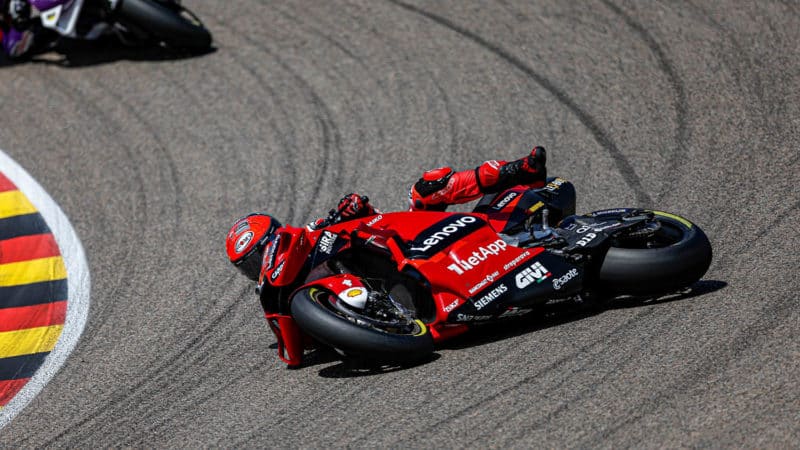
Bagnaia slides off at Sachsenring, his fourth crash from the first ten races
Ducati
This has happened before. The 1999 and 2000 seasons were two of the closest in history because injury had forced Doohan to stop racing and Rossi was still getting up to speed on a 500.
“The second thing is the way we’ve developed the bikes, with the spec ECU and the single-tyre rules,” Trevathan adds. “Now we’ve all got a lot better at understanding the tyres and taking each concept as far as we can with that tyre. So you steal points. Other times we turn up at a race and things just don’t work and there’s no way that we’ve been able to turn it around. Yamaha has had those weekends, so has Ducati, so has everyone, where it’s nearly impossible.
